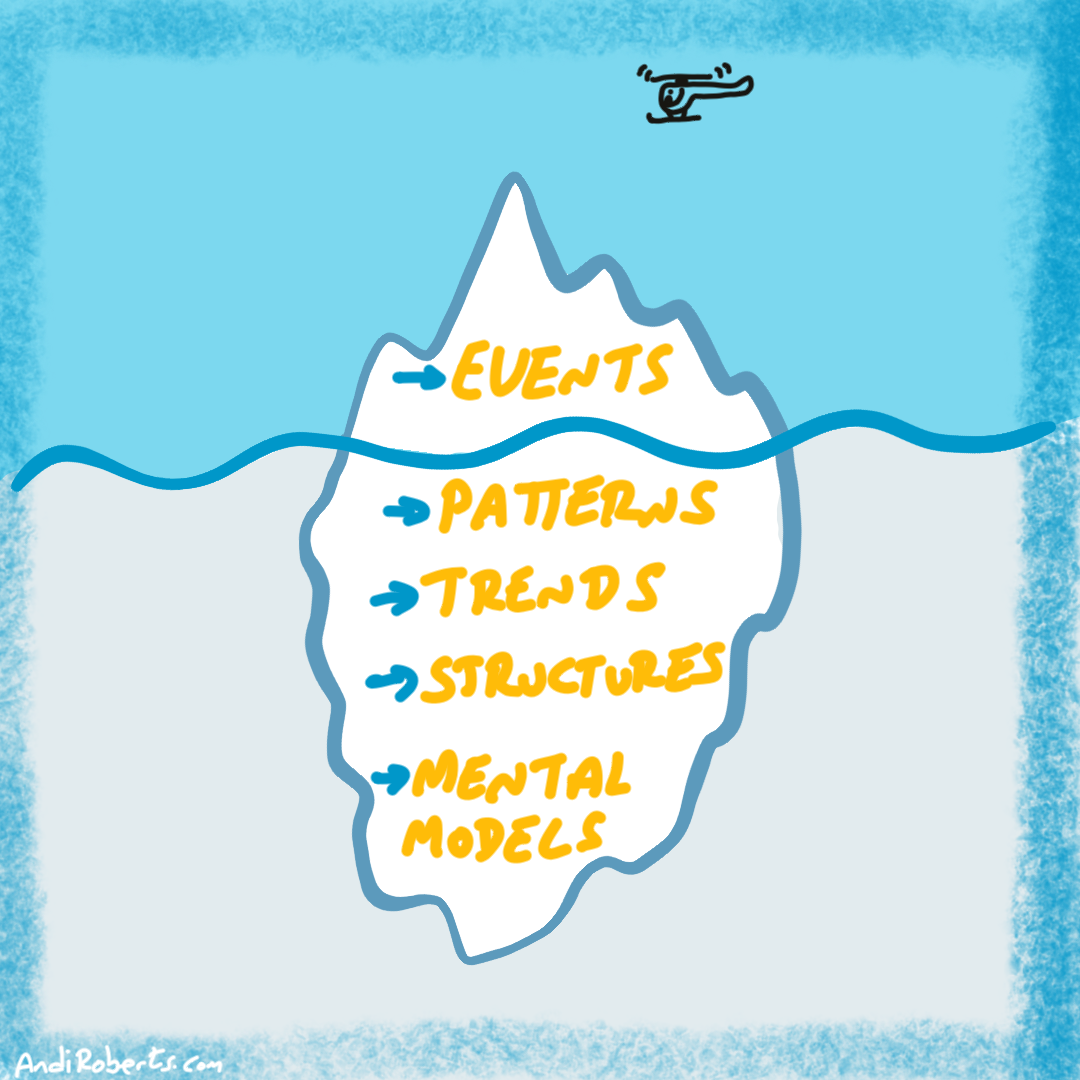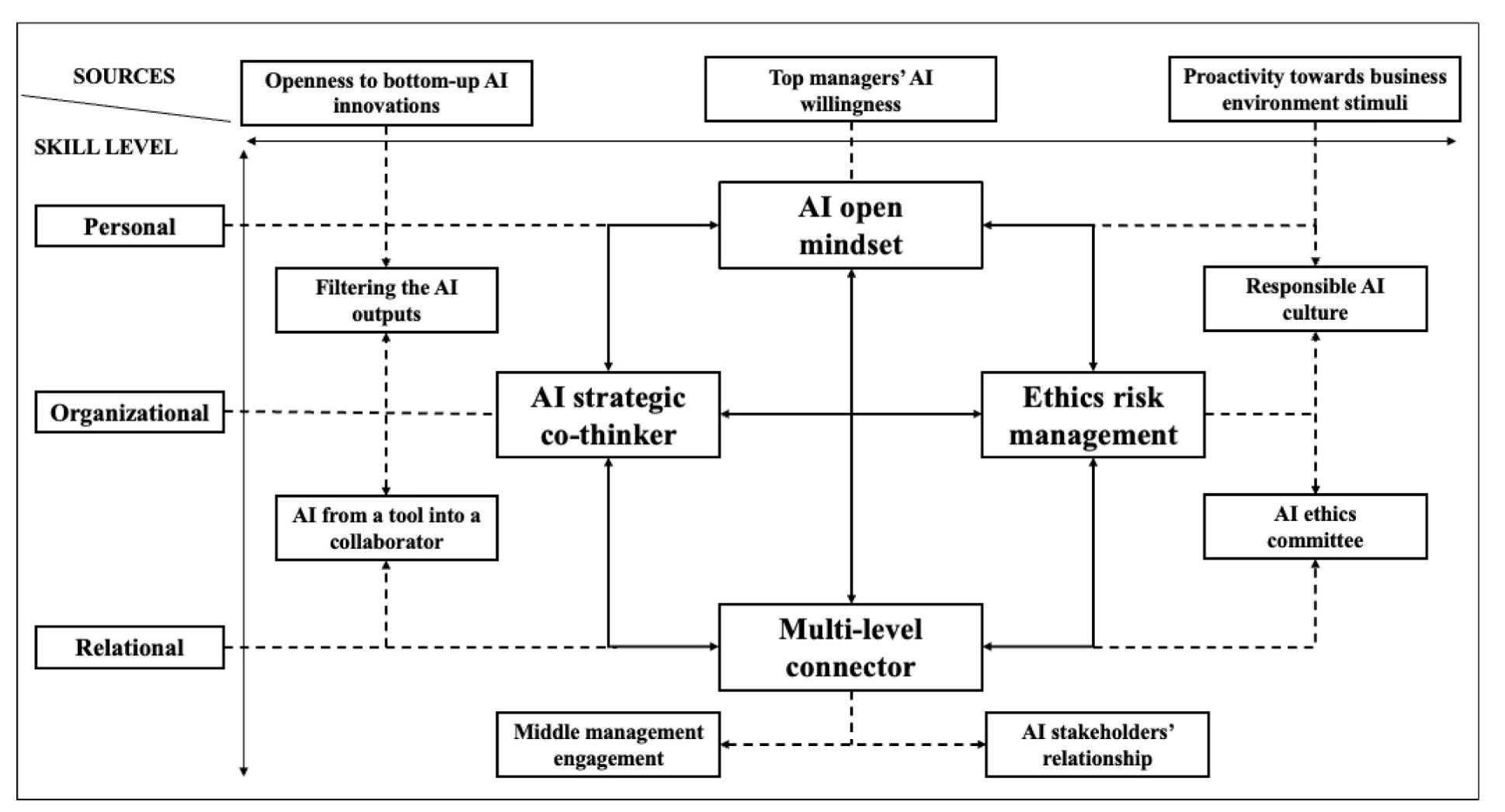The book in three sentences
Peter Block’s Stewardship redefines leadership as a choice to serve rather than control. It challenges traditional models of power, accountability, and ownership, arguing for organisations built on partnership, transparency, and shared purpose. The book is a call to abandon patriarchal governance and become stewards, that is, people who are deeply accountable without needing to dominate.
Who should read it
- Leaders looking to build trust-based, non-hierarchical organisations
- Consultants and facilitators helping others shift power and responsibility
- Managers tired of compliance-driven cultures and eager for authentic engagement
- Anyone seeking to lead with integrity, service, and long-term responsibility
Top 3 quotes
“Stewardship is the choice for service. Service is a stance that relationships are critical. Relationships are built through partnership, rather than patriarchy. Partnership is built on empowerment, not dependency.” – This quote defines stewardship not as a technique but as a moral and relational stance. To serve means to honour the dignity and capacity of others by building relationships grounded in mutual respect. Block contrasts partnership, a model of shared power, with patriarchy, which relies on hierarchy, control, and dependency. Empowerment is central to this philosophy. When people are empowered, they take responsibility not out of obligation, but because they are trusted. This quote reminds us that leadership rooted in control fractures trust, while leadership rooted in service fosters genuine commitment.
“if you cannot say no, then your yes has no meaning” – This deceptively simple statement cuts to the heart of accountability and autonomy. Peter Block insists that consent must be voluntary to be meaningful. In organisations and relationships where people feel they must say yes out of fear, obligation, or lack of choice, their agreement is hollow. Stewardship depends on the power to choose freely, including the freedom to decline. When people can say no without penalty, their yes becomes a true act of commitment. This principle invites leaders to create conditions where people are safe to speak honestly, because trust and responsibility cannot be coerced.
“Empowerment embodies the belief that the answer to the latest crisis lies within each of us, and therefore we will all buckle up for adventure. Empowerment bets that people at our own level or below will know best how to organise and innovate, make a dollar, serve a customer, get it right the first time, or invent an alternate future. We know that a democracy is a political system designed not for efficiency but as a hedge against the abuse of power.” – Empowerment is both a leap of faith and a structural decision. Rather than placing faith in systems, experts, or centralised authority, empowerment means trusting the wisdom and creativity of ordinary people. It assumes that the capacity to lead, solve, and adapt is widely distributed, not concentrated at the top. This is not the most efficient way to lead, and that’s the point. Like democracy, stewardship is designed not for speed or perfection, but to prevent abuse, increase participation, and cultivate resilience.
Key takeaways
Stewardship is a choice, not a role: Stewardship is not about position or title. It is about choosing to be accountable for the outcomes of a system without controlling it. True stewards act on behalf of the larger whole, not personal gain.
Reject leadership rooted in control: Traditional leadership is often built on predictability, patriarchy, and fear. Block calls for a rejection of control-based models in favour of partnership, dialogue, and shared ownership.
Real accountability is voluntary: Accountability cannot be mandated. Stewardship requires people to choose responsibility freely. When accountability is based on compliance, it leads to resistance; when based on trust, it leads to commitment.
Redistribute power and ownership: Stewardship means giving power away. Leaders must decentralise decision-making, share information openly, and shift ownership from a few to the many. This redistribution is the core act of faith in the stewardship model.
Serve the whole, not the parts: Unlike traditional models that optimise for departments, profits, or individual gain, stewardship focuses on the wellbeing of the whole system. It requires leaders to think beyond silos and act for collective health.
Define purpose before strategy: Stewardship begins by naming a compelling purpose. Control-based systems obsess over methods and metrics. Stewards ask, “What are we here to serve?” and align action to that deeper intention.
Trust grows through transparency: A steward shares information openly, invites participation, and builds trust through honesty. Power hoarding and secrecy destroy ownership. Transparency is not just ethical, it is strategic.
Structure follows values: If we want organisations built on partnership, we must design systems that embody it. This includes how we design roles, performance reviews, budgeting, and decision-making structures. Stewardship is not just mindset, it must be structural.
We need to be aware of three types of people:
- Cynics: We should embrace the cynics. there is truth in what they say, and they speak for each of us, as there is validity in what they say. Cynicism is disbelief, a loss of faith in the sincerity or goodwill of others.
- Victims: Victims believe that others, often us, hold the answer to their helplessness. Victims are strong believers in patriarchy; they are just angry that they are not the patriarchs.
- Bystanders enter the game by withholding commitment. They want proof that stewardship works. Commitment is a personal investment or consignment in the face of an uncertain outcome. If the outcome were a sure thing, no commitment would be required.
Asking “how” is a defence mechanism to change. We need to shift away from “how” to more self focused questions:
- What will it take for me to claim my own freedom and create an organisation of my own choosing?
- What is it I uniquely have to offer? What do I wish to leave behind here? What is the nature of the unique service I bring to the table?
- When will I finally choose adventure and accept the fact that there is no safe path––that my underlying security comes from counting on my own actions or from some higher power, neither of which will be discovered via an engineering solution?
- Who in my work and personal life truly has my best interests at heart?
Things you could do THIS week:
- Name one area where you could act as a steward instead of a controller: Identify a project, team, or responsibility where your instinct has been to manage tightly. Ask yourself what it would look like to serve this space instead of directing it. Stewardship begins with a shift in posture, from owning the outcomes to enabling others to lead.
- Reflect on how you hold power. Is there a situation where you can give others more freedom and trust?: Think honestly about how decisions are made in your work or community. Where do you hold control that could be shared? Stewardship invites you to see power not as something to guard, but as something to offer. Trust is not given when certainty is guaranteed, it is given when people are seen as capable.
- Replace one compliance-driven process with a conversation-based one: Choose a policy, meeting, or report that currently functions on control and enforcement. Instead of repeating the same ritual, replace it, at least once, with a meaningful conversation. Ask people what outcomes matter to them and how they want to be accountable. Let relationship replace rule.
- Ask your team what “shared ownership” could look like in practice: Open up a discussion with your team or colleagues about what it really means to own something together. Ask, “If we truly shared ownership of this project or decision, how would things feel different? What would we stop doing? What would we start?” Let the conversation begin the shift.
- Speak openly about values before discussing tactics or goals: At your next team or planning meeting, begin by naming the values or principles that should guide the work, not just the targets. Ask, “Why does this matter? What are we trying to serve beyond outcomes?” Purpose first, then process. This models stewardship in action.
- Challenge a system that promotes dependency over ownership: Look at the systems around you, approvals, policies, meetings, decision rights. Where do they encourage waiting, compliance, or passivity? Choose one example and name it gently. Ask whether that system invites responsibility or avoids it. Stewardship thrives when we challenge designs that assume people can’t be trusted.
Connected readings
The empowered manager: A hands-on complement to Stewardship, this book brings the ideas of service, responsibility, and ownership into the daily decisions of managers working within traditional structures. It offers practical guidance for shifting from control to partnership inside organisations.
Flawless consulting: Though written for consultants (those who support others without direct “power”), this book continues the stewardship theme by advocating for authentic, trust-based relationships over expert-driven control. It provides practical tools for enacting partnership, transparency, and mutual accountability in professional practice.
The answer to how is yes: Both books reject the question of control and feasibility in favour of deeper values. While The Answer to How Is Yes focuses on personal commitment and choosing what matters, Stewardship translates those principles into institutional design and leadership practice.
Community: the structure of belonging: This book furthers the work of Stewardship by applying its core ideas to the way we build community. It shifts the lens from organisational systems to relationships and small group dialogue, showing how belonging and connection lead to systemic change.
Activating the common good: Where Stewardship addresses governance and power in organisations, Activating the Common Good expands the same principles into civic and neighbourhood life. Both argue for trust, local agency, and shared responsibility as the foundations for meaningful transformation.
All my curated Peter Block content is now available on the Peter Block Resources hub page.
My quick visual notes:
Here are the notes I made as I reread the book:
Connection to my work
I personally think the philosophy of Stewardship is very sound and so bring it into my work as a coach, facilitator and executive educator. I am also am Associate of Peter’s company, Designed Learning and support the delivery of his ideas through the range of curriculum it offers.











[…] – The ethical and relational foundation of Block’s work. This book broadens the lens from consulting and management to a way of being in organisations, based on […]
[…] Stewardship explores leadership as service, not control. Activating the Common Good extends that choice to all citizens, not just those in charge. […]
[…] Stewardship: The Empowered Manager is deeply aligned with Stewardship, expanding the idea of service-based leadership into everyday managerial roles. Both books reject control in favour of responsibility and shared ownership. […]
[…] Previous Next […]
[…] Stewardship: Choosing Service Over Self-Interest by Peter Block — a call to shift from control to partnership […]
[…] Block, P. (2013) Stewardship: Choosing service over self-interest. 2nd edn. San Francisco: […]
[…] P. (2013) Stewardship: Choosing service over self-interest. 2nd edn. San Francisco: […]